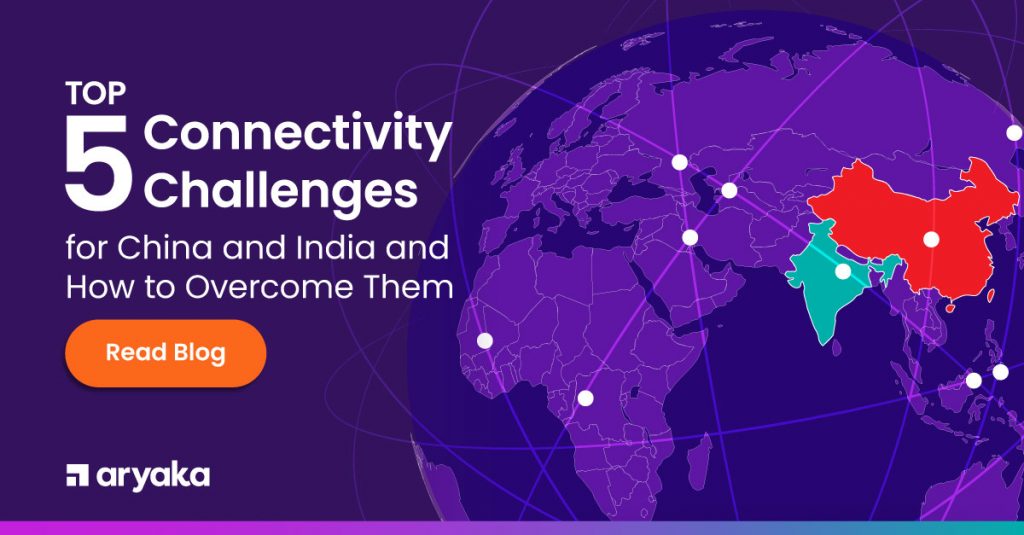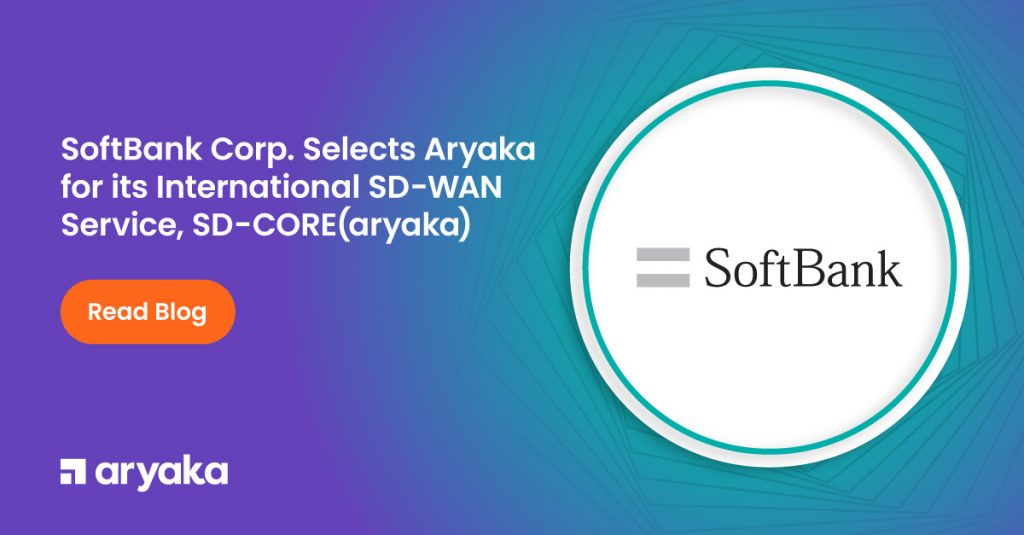Global SD-WAN vs Regional SD-WAN & Why Choose global WAN?
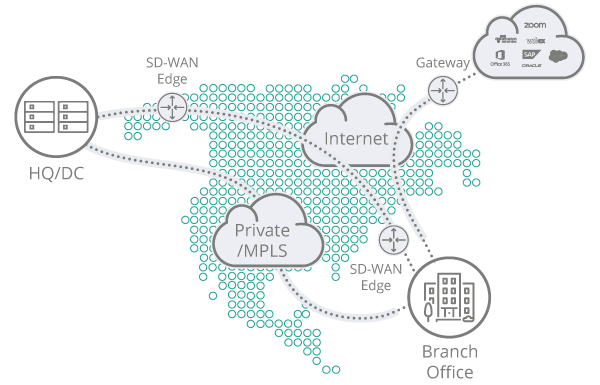
Regional SD-WAN Over Internet
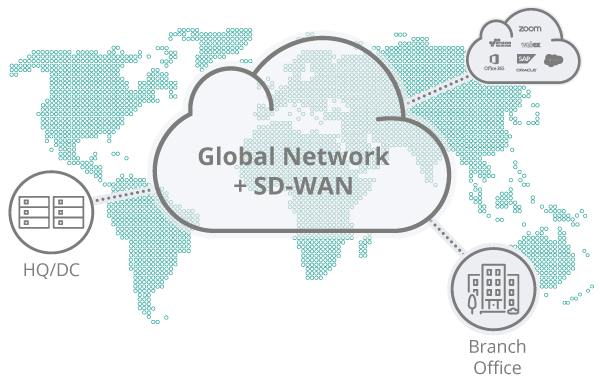
Global SD-WAN Over Private Networks
Software Defined-Wide Area Networks (SD-WAN) are just what the doctor ordered to solve connectivity issues for global locations, but not all SD-WAN tools can adequately address global needs.
In fact, the bulk of sdwan solutions were designed for regional deployments and will fail miserably if you try to use them to support your global workforce. Attempting to use the wrong tool for the task will result in long application response times, erratic performance, a flood of help desk calls and unhappy users. A global wan approach can help you avoid this.
The problem stems from the fact that most sd wan tools use the public, best-effort Internet for long-haul connections between endpoints. Appliances are installed in branch offices and virtualize the network edge by connecting to both the legacy MPLS backbone and the public Internet. The use of the internet enables you to scale your WAN more quickly and more cost-effectively than can be achieved with MPLS. The appliances are application-aware and route traffic over one WAN pipe or the other based on link conditions and pre-set priorities.
For regional deployments, SD-WAN is the right technology arriving at the right time for a WAN market that hasn’t seen appreciable innovation in decades. With bandwidth demands exploding, the technology has given enterprises the much-needed ability to react quickly and efficiently. IDC says SD-WAN sales are growing at a 69% compound annual growth rate and will hit $2.3 billion this year and $8 billion in 2021.
Global SD-WAN & Regional SD-WAN: The core differences
But while standard SD-WAN products are good for regional deployments, where you can count on the soundness of the local Internet, global SD-WANs are a horse of a different color. Using the Internet for international SD-WAN connections is inviting trouble because:
- The links will be comprised of services from a laundry list of service providers
- Many of those service providers haven’t kept up with the modernization efforts required to meet rapidly escalating traffic demands
- Long links increase the chance that your traffic will encounter congestion on the public Internet (say, people streaming the World Cup) which will result in poor application experiences for your users
The key to supporting worldwide outposts is finding a global sdwan that is delivered as a service over a managed private backbone instead of using the public internet. Aryaka has 29 points of presence (POPs) around the globe that are connected by a fully meshed Layer 2 network that is secured and fully optimized. Customers simply use local internet pipes to connect to the Aryaka SD-WAN cloud via one of the POPs and traffic is optimized and securely delivered to any location in the world, even data centers hosting Software as a Service resources.
Global WAN provides a private backbone
The key to supporting global outposts is finding an SD-WAN that is delivered as a service over a managed private backbone instead of using the public Internet. Aryaka has 29 points of presence (POPs) around the globe that are connected by a fully meshed Layer 2 network that is secured and fully optimized. Customers simply use local Internet pipes to connect to the Aryaka SD-WAN cloud via one of the POPs and traffic is optimized and securely delivered to any location in the world, even data centers hosting Software as a Service resources.
Roughly 95% of global business users are within 30 milliseconds of our POPs – and in many cases, 10ms or less – and our accelerated network is powered by technology covered in eight patents.
The proof is in the pudding. We set up a test bed and sent a randomly generated 100KB file between locations using the Internet and then using Aryaka’s global private SD-WAN. On average, the private network provided 4.1 times better application response time compared to Internet links, and 2.5 times less variation in response time.
Global SDWAN: The Answer for Companies
But real-world proof that the Internet isn’t a sound way to complement your enterprise’s global WAN needs is even more compelling. Consider the experience of City & Guilds Group, the $195 million global leader in skills development offering everything from eLearning to executive coaching.
City & Guilds bought a company in New Zealand and migrated the new employees to the organization’s implementation of Office 365 service hosted in Microsoft’s Dublin data center. Once the employees started trying to use the public Internet to access Office 365, they started hollering about performance. As it turns out, there were 27 hops between the New Zealand office and Dublin.
The group went to find an answer and settled on Aryaka’s Global SD-WAN. “Using Aryaka we instantly experienced a 75% drop in applications latency, along with a marked improvement in QoS across the network,” says Alan Crawford, Group Architecture and Engagement Manager for City & Guilds. “Initial results have shown that our New Zealand colleagues were able to load their files to SharePoint 3x faster, experienced a 200x reduction in the time needed to open 10MB SharePoint files, and saw a 3x improvement in the time taken to upload 10MB files to OneDrive.”
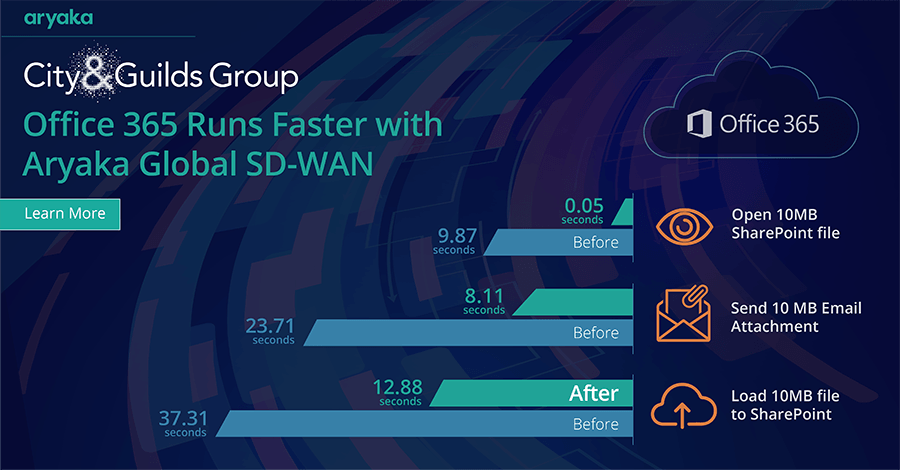
While providers of classic SDWAN technologies will argue that their forward error correction technology will nip Internet-related performance problems in the bud, don’t believe it. The limitations of long, public international links served up by a broad mix of service providers can’t be overcome with some code.
If you need further evidence, look carefully at the types of customers the traditional sdwan players have landed. The vast majority are companies with regional outposts. One prominent supplier, for example, proudly features a grocery store customer with 41 markets in California. Another has a bank customer with 25 storefronts in South Dakota and Minnesota and a propane company with 10 locations.
Compare that to Aryaka’s list of large enterprise customers with facilities around the world, including Hitachi, Air China, Samsung and KPMG. These companies know that the bulk of SD-WAN tools on the market today may be adequate for regional deployment in North America but won’t measure up for global wan network needs.
These companies know that the bulk of SD-WAN tools on the market today may be adequate for regional deployment in North America, but won’t measure up for global network needs.
We invite you to see for yourself. Contact us today and see what our Aryaka’s Global SD-WAN can do for your enterprise.
- Accelerate CAD/CAM Performance
- Improve Zoom Conferencing Performance
- Calypso Embraces a SaaS-first Strategy
- CallisonRTKL Transforms their WAN
- Kleinfelder Improves Application Performance
- Teradyne Transforms their WAN
- SAP web application performance
- Kleinfelder Improves Application Performance
- Industrial Manufacturing Company Transforms WAN






